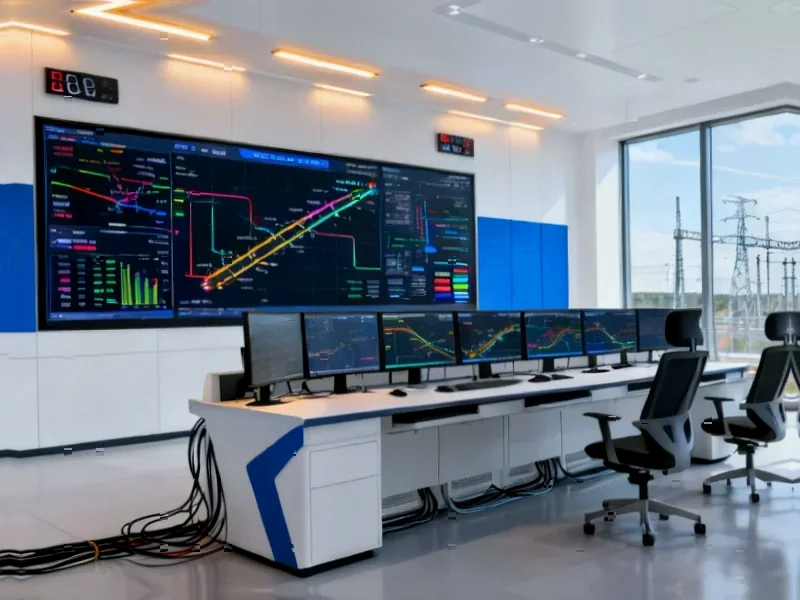According to Utility Dive, Southwest Power Pool has proposed merging its transmission planning and interconnection processes in what the grid operator calls a “landmark change.” SPP’s peak demand surged nearly 11% over the past four years, with all indicators suggesting acceleration ahead. The region currently has over 130 GW stuck in its interconnection queue, partly due to uncertainty about upgrade costs and speculative projects causing withdrawals and delays. Under the new Comprehensive Planning Process, interconnection customers would pay through a GRID-C rate framework while costs get shared based on benefits. Remarkably, the proposal faced zero opposition in SPP’s normally contentious stakeholder process. Separately, SPP asked FERC to approve subregional cost allocation for 100-300 kV projects that would shift 67% of costs to local loads instead of individual pricing zones.
Why this is actually a big deal
Look, interconnection queues across the country are completely clogged. We’re talking about years of delays and billions in uncertainty holding back clean energy projects. What SPP’s proposing here is basically merging two processes that have always been separate – transmission planning and generator interconnection. That might sound like bureaucratic reshuffling, but it’s actually revolutionary.
Here’s the thing: right now, developers join these massive queues without knowing what transmission upgrades they’ll have to pay for. It’s like signing up for a mortgage without knowing the interest rate. So you get these speculative projects that clog the system, then withdraw when the real costs come due. SPP’s approach would create more certainty upfront about who pays what. And when developers have certainty? They can actually build stuff.
The stakeholder miracle
Now, the most shocking part of this whole story isn’t the technical details – it’s that nobody opposed it. In SPP’s stakeholder process, that’s basically unheard of. Think about it: you’ve got utilities, generators, consumer advocates, environmental groups – all with different interests. And they all signed off on this?
That tells you something important. The current system is so broken that even traditional opponents recognize we need radical change. When everyone from fossil generators to renewable developers agrees something needs fixing, you know we’ve hit a breaking point.
What comes next
So where does this go from here? Well, FERC needs to approve both the main CPP proposal and the separate subregional cost allocation filing. If they do, we could see other grid operators following SPP’s lead. The main filing and the cost allocation proposal represent the most significant transmission reform effort since FERC Order 1000 back in 2011.
The timing couldn’t be more critical. With data centers, electrification, and clean energy deployment all accelerating simultaneously, our grid planning processes from the 20th century just can’t keep up. SPP’s approach recognizes that we need to plan the highway and the on-ramps together, not separately. It’s common sense, really – but in the world of grid regulation, common sense often takes years to implement.




